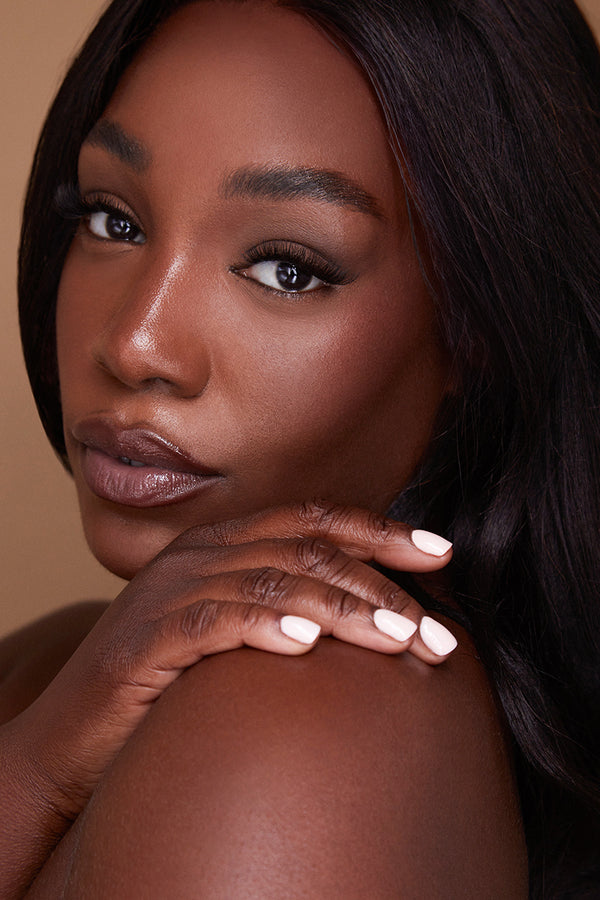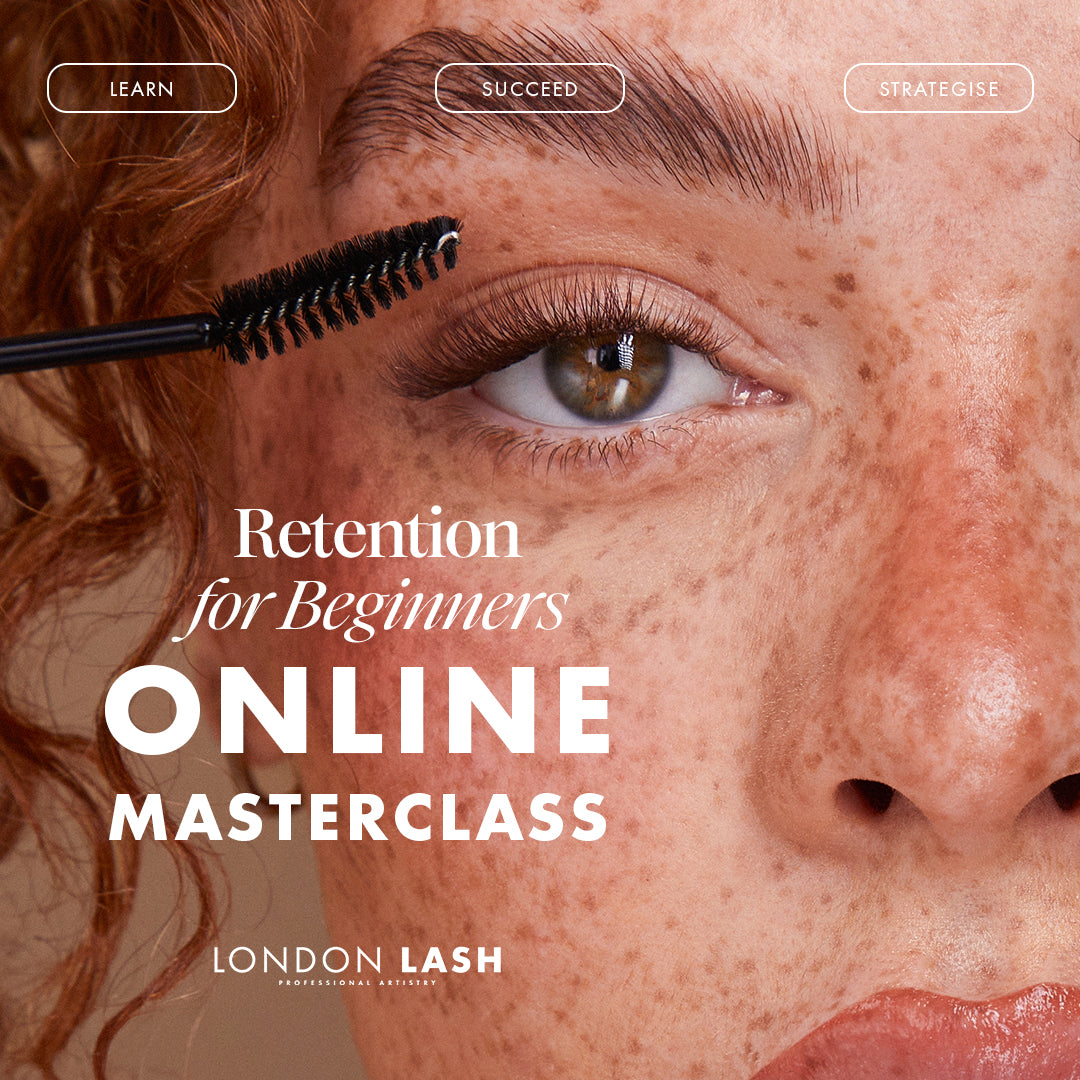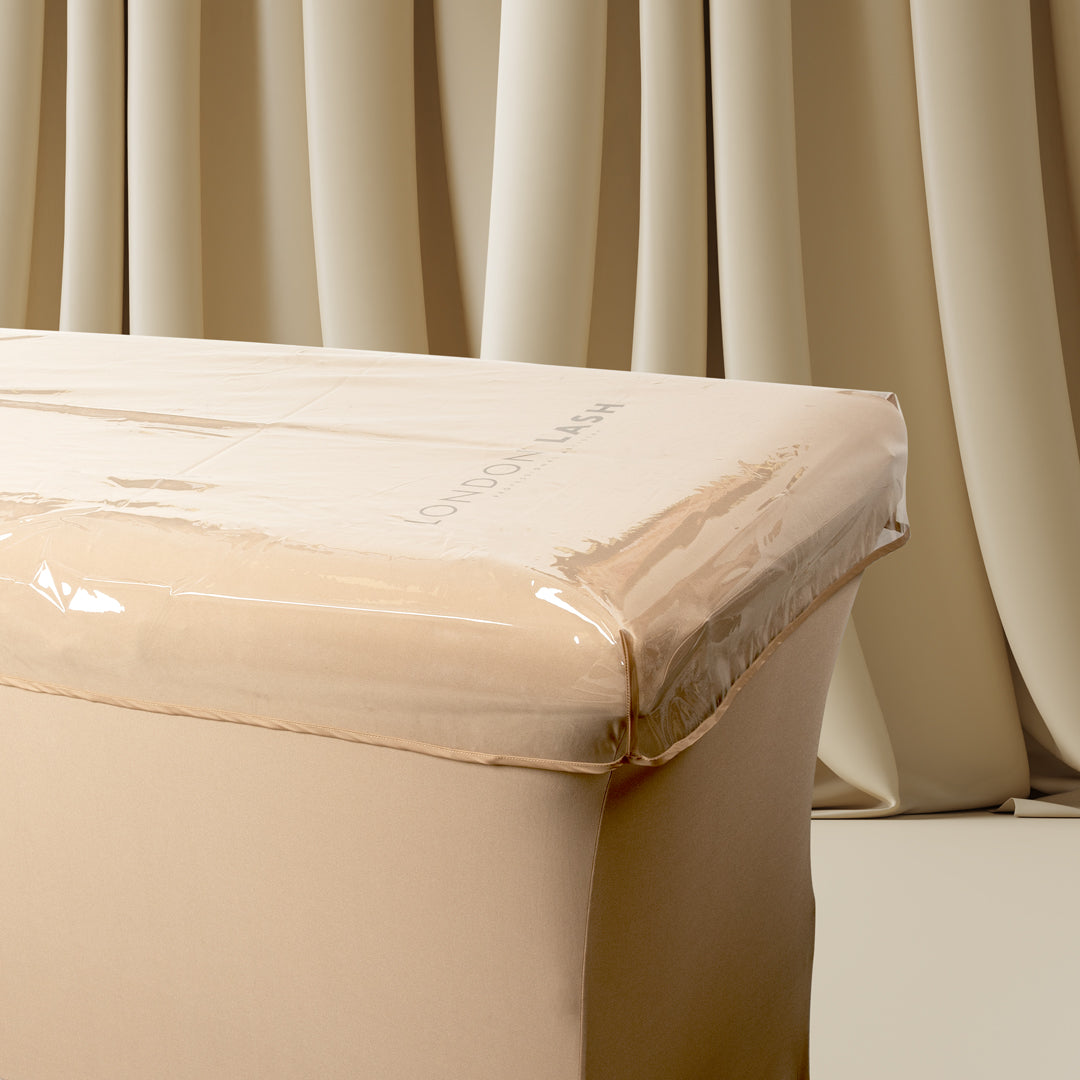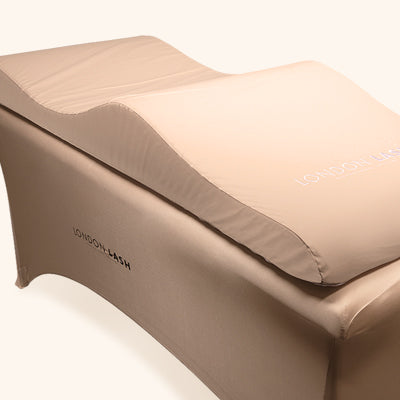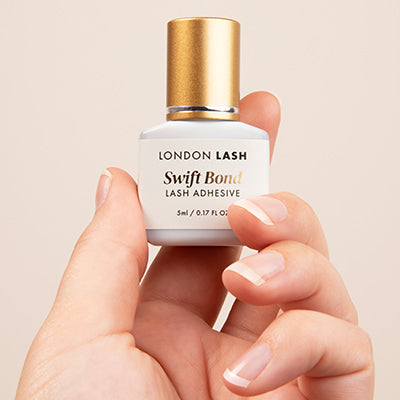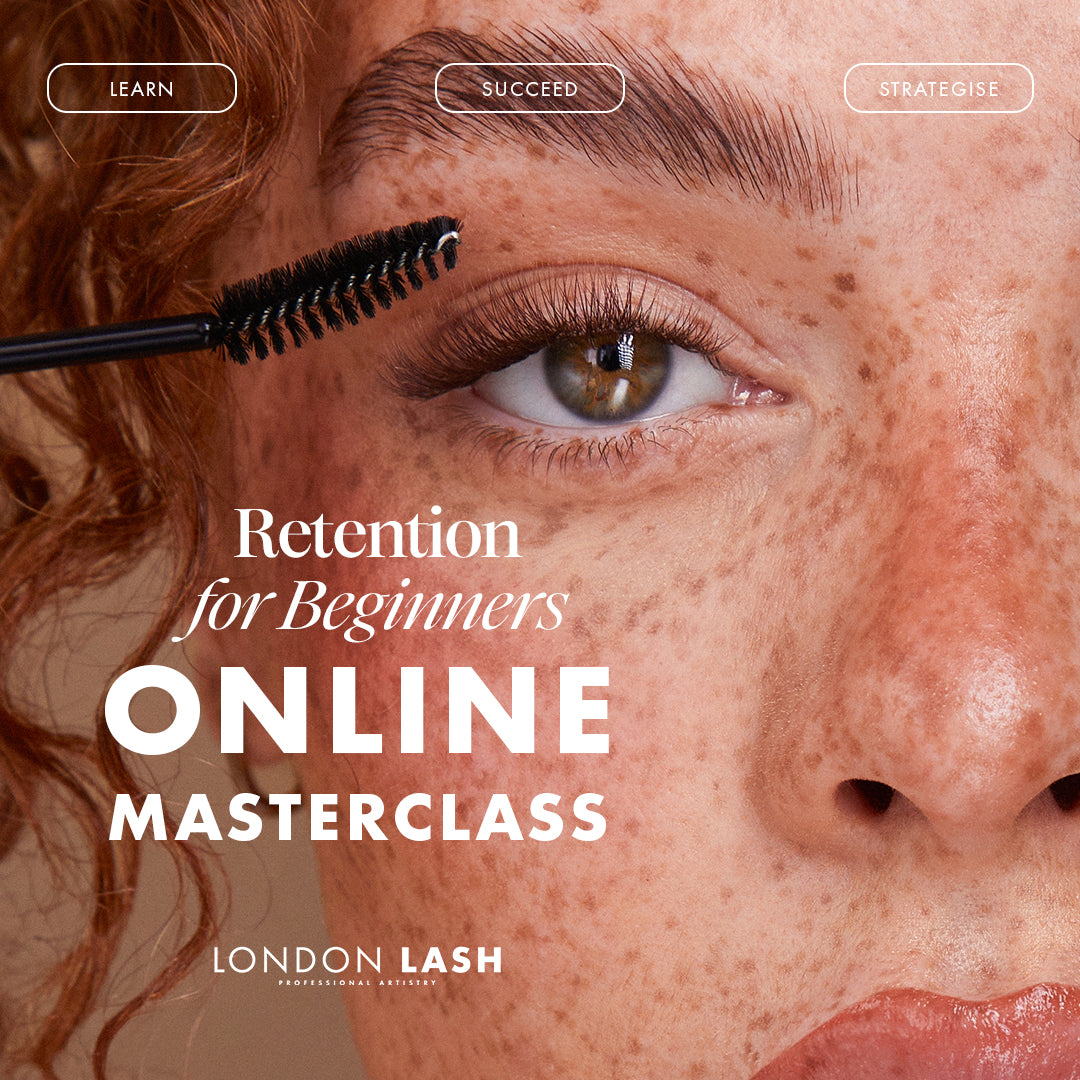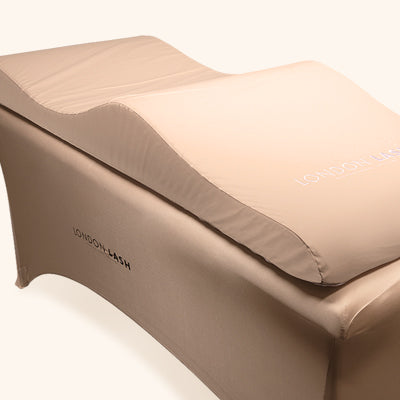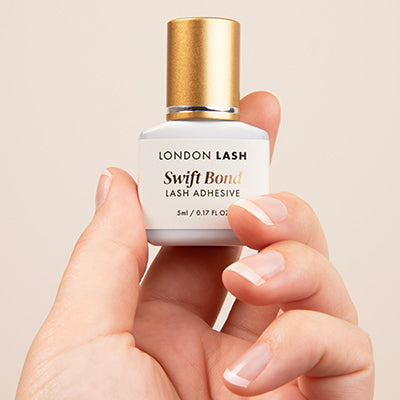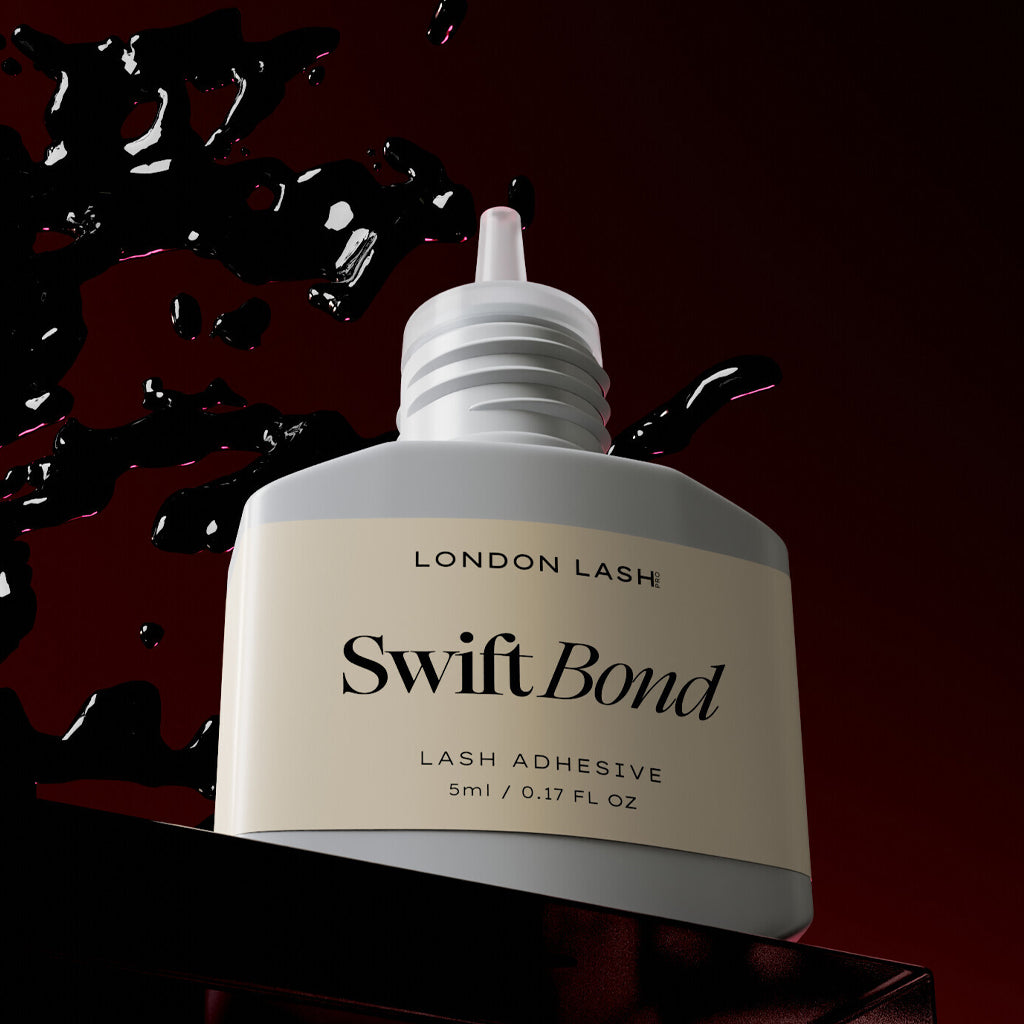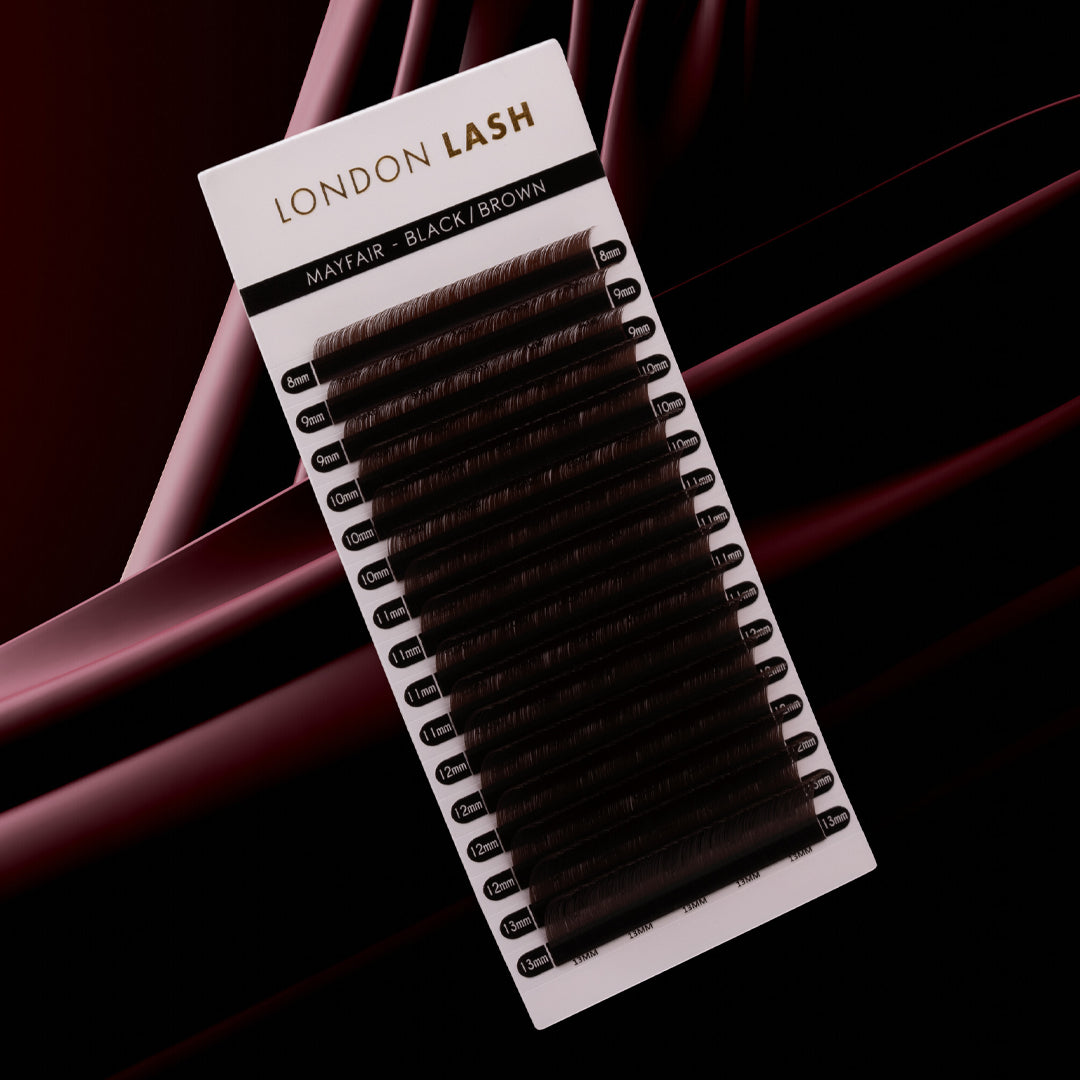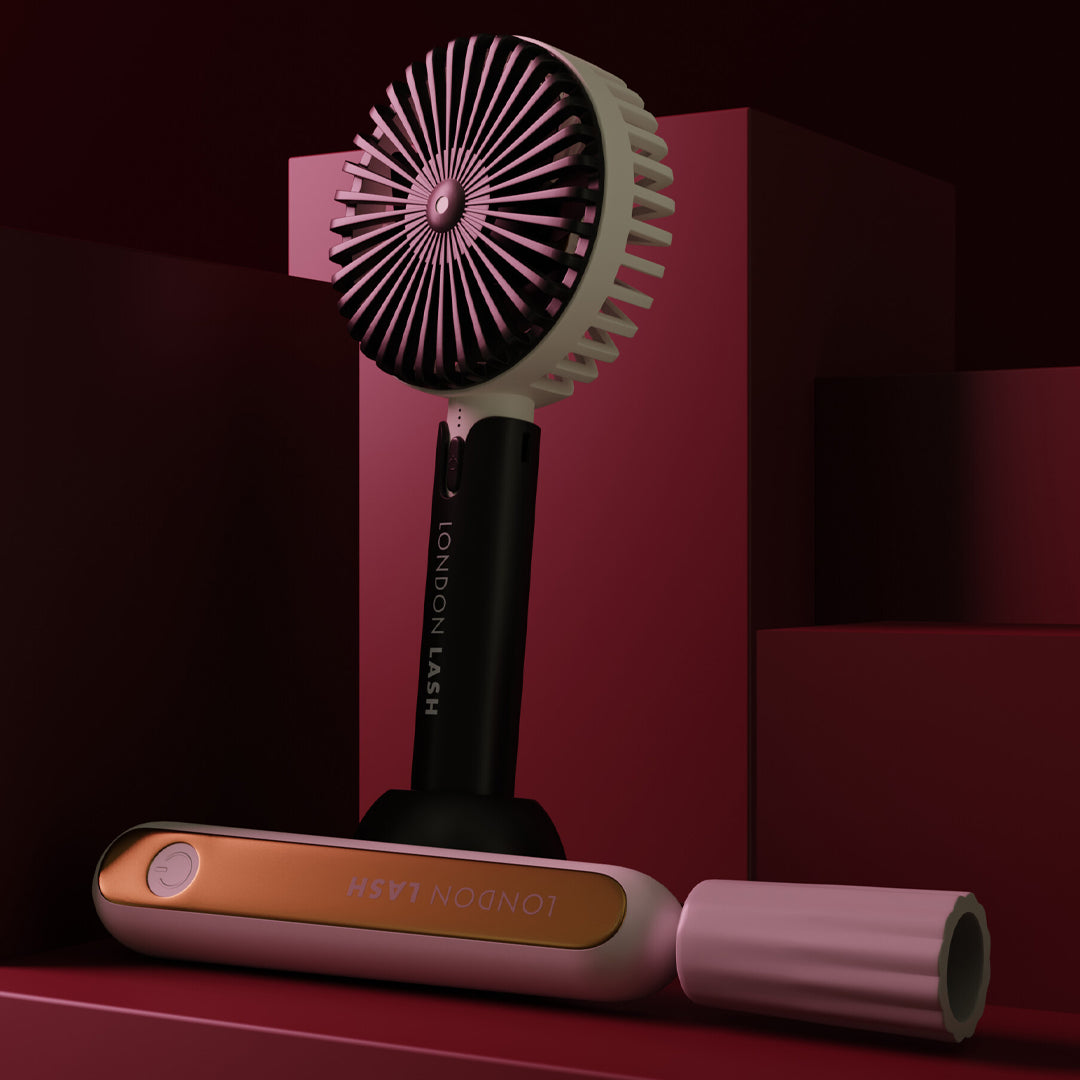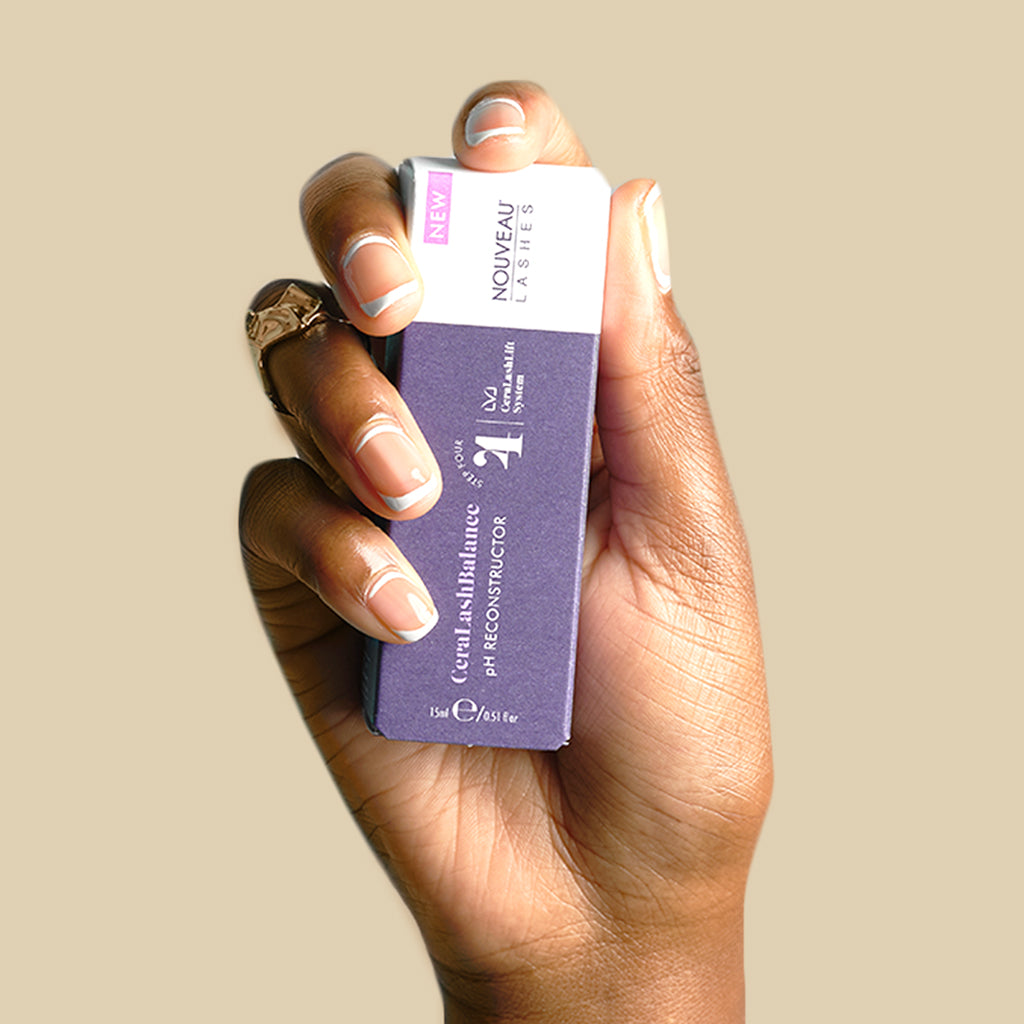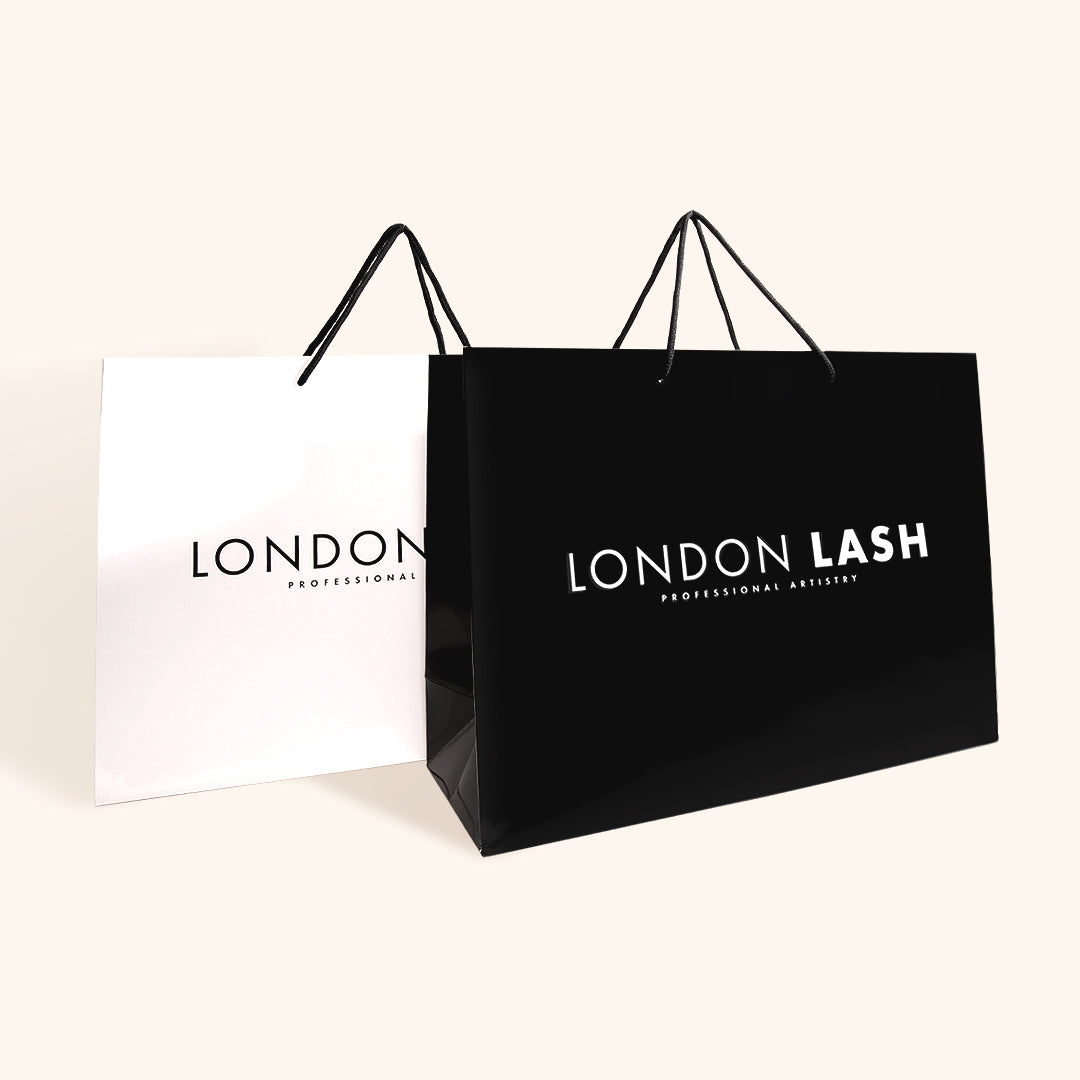New In
Glues & Liquids
Lashes
LASH LIFT
Dolla Nails Pro
Online Training
Save up to 57% off
Fall Lash Shedding - Fact or Fiction?
November 05, 2021 3 min read

Seasonal Lash Shed: Myth Or Reality?
The conversation around whether lashes shed seasonally is ongoing, but it's rooted in basic human biology. While springtime lash shedding often gets more buzz, the phenomenon is just as common in the fall!
What is Lash Shedding?
Just think about how pets like cats and dogs shed their fur in spring and fall to prepare for the changing weather, sporting either a lighter coat for the warmer months or a denser one for the cold. Humans undergo a similar, albeit less noticeable, process—until, that is, we start enhancing our lashes with extensions!
From what you've learned about the hair growth cycle in your lash extension training, you're probably aware that our lashes typically go through a 60-90 day growth period. Since each lash is on its own unique cycle, regular touch-ups every three weeks are necessary to maintain that lush, full appearance.

In both spring and fall, this cycle accelerates to accommodate our body's adaptation to the upcoming summer or winter conditions. Remember, our ancestors were much hairier, needing that extra protection against the elements. Nowadays, with the trend of removing more body hair, it's not as obvious that our arm and leg hair thickens in winter.
But what about the hair on our heads? It does follow a similar pattern, but the growth cycle is much longer, and the changes are more gradual, making it less noticeable. Plus, with thousands more hairs on our heads than on our lashes or brows, it's harder to spot the shedding. However, you might see more hairs in your brush or shower drain during certain times of the year, indicating a seasonal shed.

WHAT ELSE IMPACTS YOUR HAIR'S GROWTH CYCLE?
- Pregnancy: Especially noticeable in the 1st and 3rd trimesters due to significant hormonal shifts.
- Breastfeeding: Also hormonal.
- Menstruation: Another hormonal factor.
- Illness: High fevers can destroy hair follicles, leading to hair loss. This is immediately noticeable with lashes and brows but may take a couple of months to see with scalp hair.
- Chemotherapy: This aggressive treatment can make hair fall out easily.
- Alopecia: A medical condition that results in partial or complete hair loss.
- Certain medications, metabolic imbalances, stress, and poor nutrition (particularly extreme or fad diets) can all contribute to hair loss.
Ultimately, our hair has a mind of its own, staying or going as it pleases. While we can't prevent our biology from running its course, we can manage our clients' expectations and perhaps schedule more frequent lash fills during these peak shedding seasons.

MANAGING CLIENT EXPECTATIONS EFFECTIVELY
- Educate your clients during consultations or through social media about the potential for seasonal shedding.
- Reassure them that this is temporary, lasting only a cycle or two before returning to normal.
- Promote good health by encouraging a diet rich in essential vitamins and nutrients. Proper self-care is crucial, especially as colder weather can divert your body's resources away from hair growth to more vital functions like organ support and fat storage.
- Minimize stress and other factors that could exacerbate hair loss. Lash extension sessions can be a great way to relax, after all.
- Emphasize aftercare: Gentle washing, drying, and brushing of lashes are more important than ever. Avoid rubbing your eyes or sleeping on your face to prevent irritating the follicles.
- Schedule more frequent fill-ins, reducing the interval to 2-3 weeks to keep lashes looking their best.
After the shedding season, you'll likely notice your extensions lasting longer, which is definitely a plus!
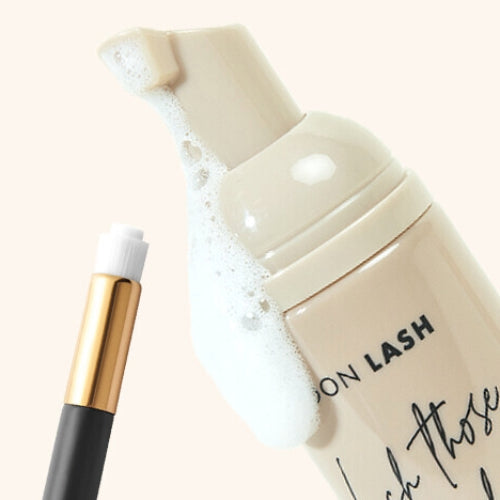
Until next time,
LLP x
Check out these featured products
Subscribe
Sign up to get the latest on sales, new releases and more …
